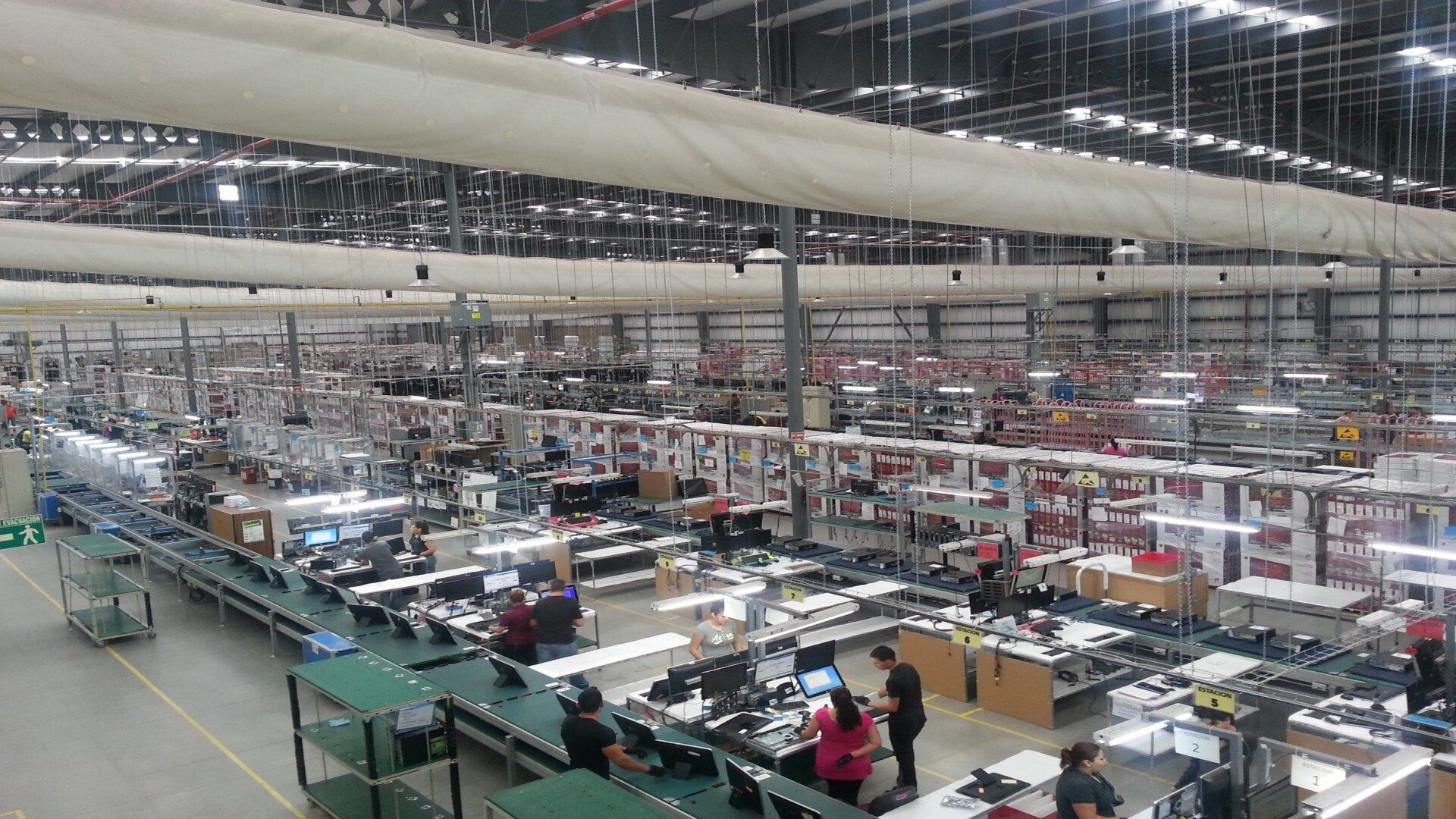The Story of Change: Operationalizing Culture
Build Collaborative Execution in Operations with Shared Values
Introduction
The client believed Ethos Consultancy understood the unique situation faced by merging distinct work site cultures, supporting change, and creating an implementation strategy to manage the change initiative.
The engagement with Humberto Garcia allowed the client to adapt their culture to capture best practices from both work environments and improve operational execution while reducing overall cost and headcount.
An Inspired International Manufacturing Client
The Challenges of Change
Merging Facilities
Employees at the aging facility would transition into a newly constructed state-of-the-art building operating with a younger generation of leaders serving new client contracts. The potential culture clash and resistant to operational change concerned the client.
Adapted Operations
These two data points do not seem obvious to the culture each site established and nurtured. However, through extensive conversations with senior leadership and middle management, the observations and findings provided valuable insights to Humberto for establishing a common ground to facilitate the design of processes and systems for the consolidated operations.
Distinct Work Cultures
The facilities got established in the same city, yet the leadership and culture that existed at each site became noticeably different.
Site A’s project deliverables, daily client reporting, and weekly progress meetings nurtured a culture of close collaboration, metrics tracking, and distributed decision-making. The work environment functioned on open communication of daily issues, proactive measures, and transparency of information. Teams learned to stay accountable to results by creating ownership of tasks and trusting others’ abilities to resolve issues and conflicts. The management team saw the benefit of having multiple leaders distributed throughout the process.
Site B’s project deliverables created an environment of reactionary decision-making due to the structure of communication with the US corporate headquarter. Site B’s decision maker split their time between the US corporate headquarter and the facility. The gap in communication left the facility operating with inconsistent production results and constantly shifting operational priorities. Facility management developed a culture of cautionary communication, process workarounds to meet goals, and working under pressure to manage the unpredictability of a structured production plan.
Our Approach
Ethos Consultancy employed a series of strategies to address the change initiative, adapt operational workflows, and create a collaborative relationship with cross functional stakeholders responsible for implementing the change.
Acknowledging Change
Building New Dynamics
Best of Both Worlds
The tactics used during the senior and middle management sessions allowed the developing and evolving team to identify operational overlap. The overlap served as the framework for creating a hybrid production process built on similar processes and systems. A hybrid production model provided predictability of foundational work processes reducing resistance with floor workers.
Recall the two data points from the “Adapted Operations” section above, the points identified how project deliverables got communicated at each site. Each site learned how to manage or restrict the flow of information reinforcing culture behaviors. One site saw the use of data as punishment for poor performance. The other site saw the use of data as opportunities for improvement. Building trust around the use of data required establishing new reward systems encouraging continuous improvement. The system integrated the adapted KPIs developed during planning sessions with senior and middle management.
A key theme became changing the narrative of data and demonstrating proper use of insights from metrics tracking, implementing incremental process improvements, debriefing the implementations, and tracking progress over time to create objective assessments. These behaviors got reinforced with cross leadership exercises.
Senior leaders from the older facility co-lead working sessions with teams at the newer facility. The exercises focused on the use of data to track client project objectives, participation in weekly collaborative work sessions recapping weekly milestones, and capacity planning based on weekly milestone outcomes. The sessions provided exposure to open communication at all levels, gathering actionable data, and team collaboration especially when metrics fell short of the mark.
The Results
Ethos provided executives with a concise vision change, a detailed implementation plan allowing flexibility, and a support program for exiting employees. Identifying the impact of downsizing during executive sessions led to an executive sponsored support program. The program got developed by the company’s HR department, who partnered with the Municipal Labor Department to hold a job fair for all downsized employees. The program resulted in 60% placement in other factories located within the city.
Senior and middle management developed a hybrid production process within 4-weeks and an additional 3-weeks adapting production lines. The piloting period took 2-weeks to conduct resulting in a modified training program to support universal workforce development. The implementation team attributed planning sessions and increased trust established during team building workshops as key drivers to the change initiatives.
Humberto provided additional support during the remainder of the engagement by continuing team building workshops with newly formed teams. Senior leaders within the organization participated in these sessions to demonstrate new norms of the adapted culture. The sessions became important symbols of adaptability, openness to change, collaboration, and multi-generational teams running facility operations.
Collaborate With Ethos Consultancy
The consultation is free, the relationship is invaluable.





